Compression (pressure at the end of the compression stroke) in the cylinders is the most important indicator for diagnosing the condition of the engine without disassembling it. By its average value and by the difference in values in individual cylinders, it is possible to determine with sufficient accuracy the degree of general wear of the parts of the cylinder-piston group of the engine, as well as to identify malfunctions of this group and parts of the valve mechanism.
Compression is checked with a special device - a compression tester, which can now be freely purchased at large auto parts stores.
NOTES

This is what the compression gauge used to illustrate this book looks like. Such compression gauges, when checking compression, are simply strongly pressed against the candle hole.
There are variants of compression gauges that have a threaded fitting instead of a rubber tip for screwing into the cylinder head instead of a spark plug. When using other types of compression meters, read the instructions that come with them before use.
WARNING
Important conditions for the correctness of the readings during the compression test are the correctness of the starter and its electrical colors, as well as the full charge of the battery.
NOTE
The compression test is shown on the example of a 1.6 Duratec Ti-VCT engine. Features of operation on the 2.0 Duratec Ti-VCT engine are given in the note below.
1. Start the engine and warm it up to operating temperature.
2. Reduce the pressure in the engine supply system (see "Reducing the pressure in the supply system", p. 132). Do not install the fuel pump circuit fuse in the central mounting block.
On 1.6 Duratec Ti-VCT engines, perform the following operations.
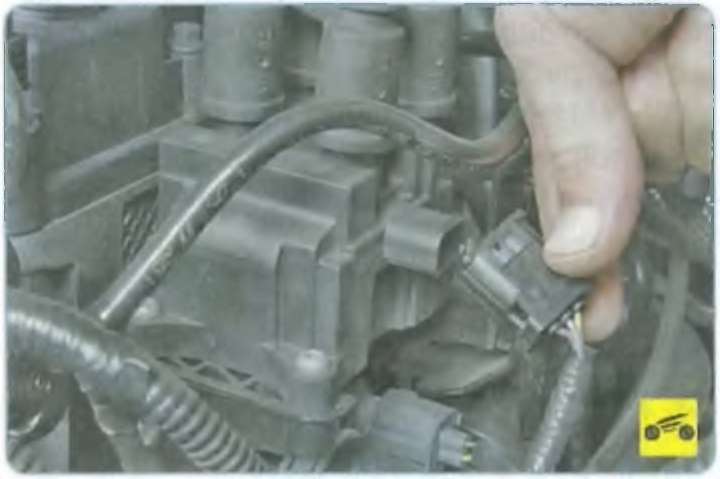
3. Disconnect the low voltage wiring harness connector from the ignition coil.

4. Remove wire ends from spark plugs.

5. Remove the spark plugs...

6. ...and remove them.
NOTE
On 2.0 Duratec Ti-VCT engines to remove spark plugs...

...disconnect the wiring harness from the ignition coil...

...remove the ignition coil mounting bolt...

...and remove the ignition coil.

Unscrew and remove the spark plugs.
WARNING
Turning the crankshaft of the engine with a starter with the tips of the high voltage wires disconnected and the ignition coil not disconnected can lead to a breakdown of its high-voltage circuit.

7. Firmly press the compression tester against the spark plug hole of the cylinder being checked.
8. Press the accelerator pedal to the stop so that when the crankshaft is turned by the starter, the throttle valve is fully opened in the engine cylinder purge mode.
9. Turn on the starter and turn the engine crankshaft with it until the pressure in the cylinder stops increasing. This corresponds to about four compression strokes.
THE NOTE
To obtain the correct readings of the compression gauge, the crankshaft must rotate at a speed of 180-200 min-'or higher, but not more than 350 minL.

10. Write down the readings of the compression gauge and set its needle to zero by pressing the air release valve.
NOTE
For compression meters of a different design, readings can be reset in other ways (in accordance with the instructions for the device).
11. Repeat steps 7-10 for the rest of the cylinders. The pressure should not be lower than 1.0 MPa and should not differ in different cylinders by more than 0.1 MPa. Low compression in individual cylinders can result from loose valves in the seats, damaged cylinder head gaskets, broken or burnt piston rings. Low compression in all cylinders indicates worn piston rings.
12. To find out the causes of insufficient compression, pour about 20 ml of clean engine oil into the cylinder with reduced compression and measure the compression again. If the readings of the compression gauge have increased, the most likely malfunction of the piston rings. If the compression remains unchanged, it means that the valve plates do not fit snugly against their seats or the cylinder head gasket is damaged.
USEFUL ADVICE The cause of insufficient compression can also be found out by supplying compressed air to the cylinder in which the piston is pre-set at TDC of the compression stroke. To do this, remove the tip from the compression gauge and attach the compressor hose to it. Insert the tip into the spark plug hole and inject air into the cylinder at a pressure of 0.2-0.3 MPa. To prevent the engine crankshaft from turning, engage a higher gear and brake the vehicle with the parking brake. The exit (leakage) of air through the throttle assembly indicates a leak in the intake valve, and through the muffler - a leak in the exhaust valve. If the cylinder head gasket is damaged, air will escape through the expansion tank neck in the form of bubbles or into an adjacent cylinder, which is detected by a characteristic hissing sound.
Source: Operation, maintenance and repair manual in photographs series "Repair without problems" Third Rome
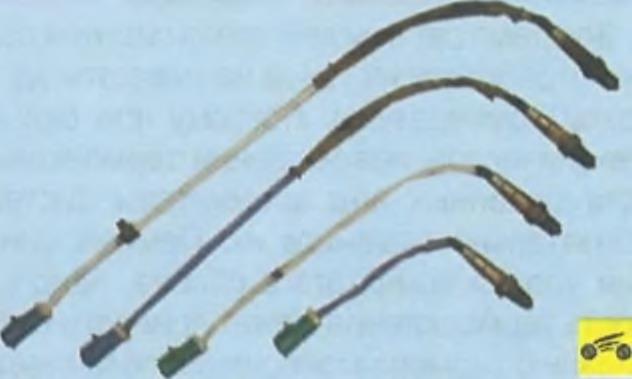
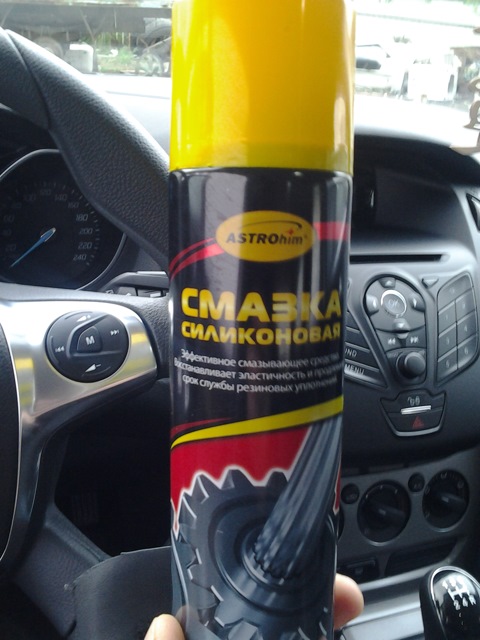
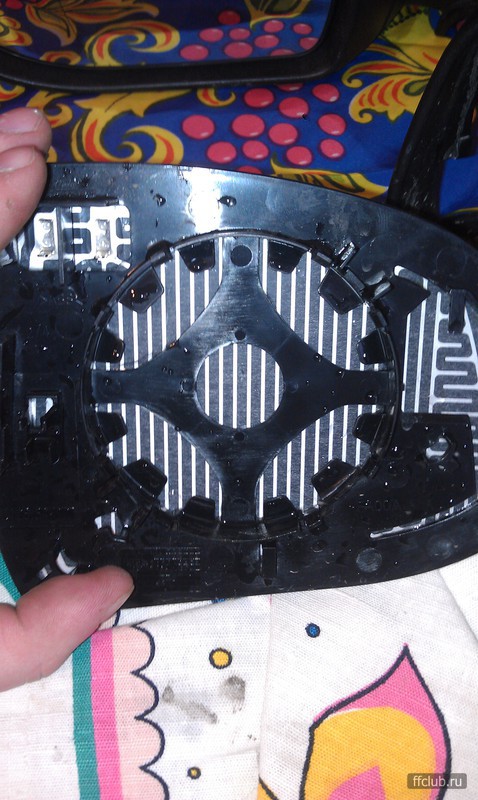
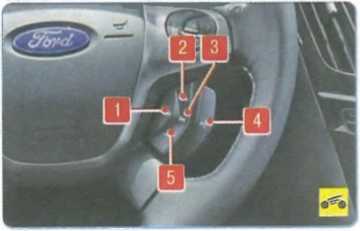
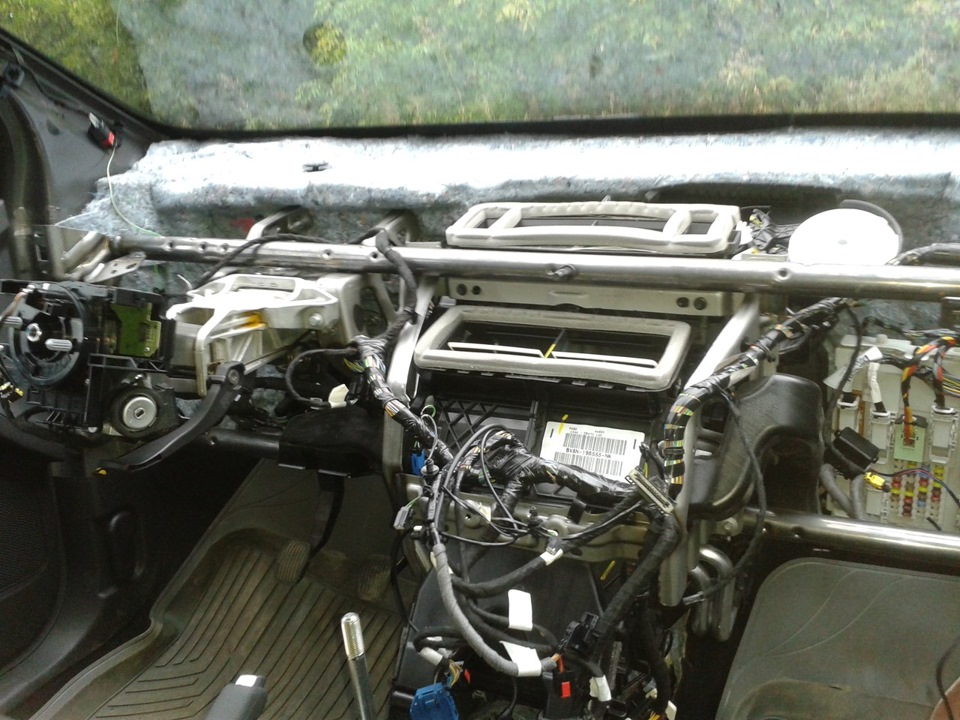
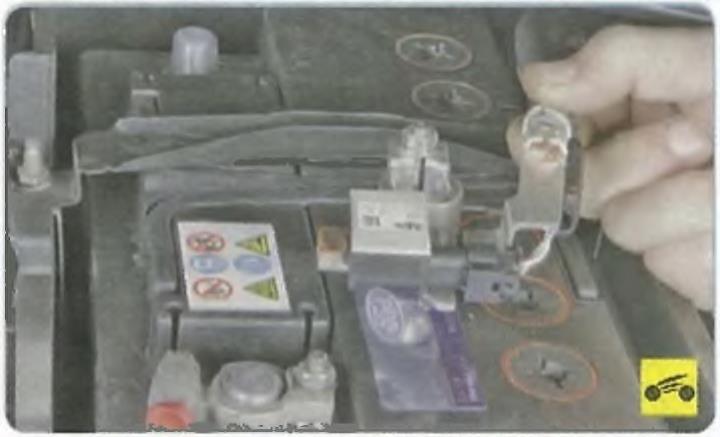


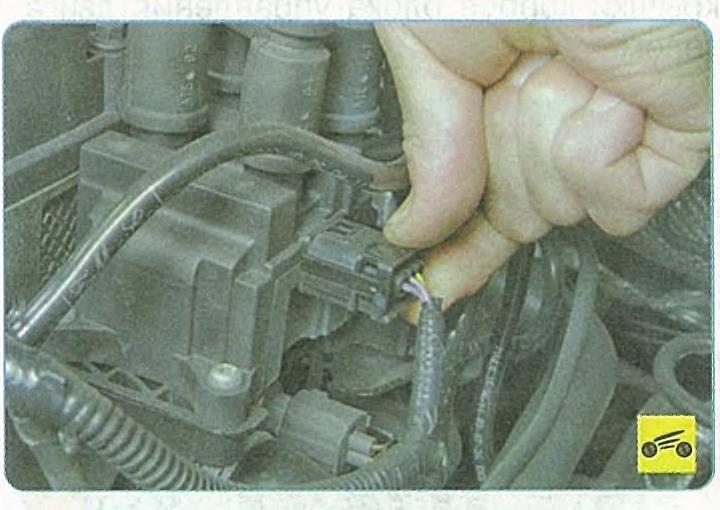
![2 generation [2004 - 2008]](/uploads/Ford_Focus_2_2004_-_2008_.jpg)
![3 generation [2011 - 2017]](/uploads/Ford_Focus_3_2011-2015_.jpg)
